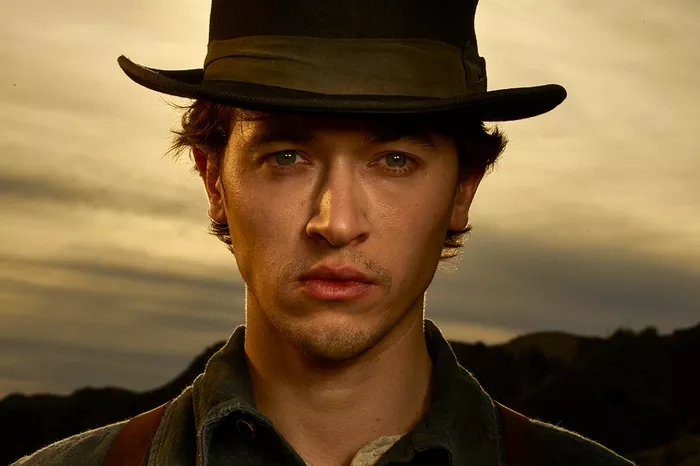John Wayne, renowned for his iconic roles in numerous Western films, left an indelible mark on the genre with his portrayal of larger-than-life characters and captivating narratives. However, his movie “Chisum” emerged as a controversial addition to the Western canon, notably for its deviation from the historical account of the infamous figure of Billy the Kid and the events of the Lincoln County War. By focusing on lesser-known figures and altering crucial events, the film not only reshaped the narrative surrounding these pivotal moments in history but also introduced inaccuracies that have endured in popular culture, contributing to the complex tapestry of myths and legends that continue to surround the enigmatic figure of Billy the Kid and the era in which he lived.
I. John Chisum: A Misrepresentation of Historical Role
In “Chisum,” John Wayne’s portrayal of the wealthy cattle rancher John Chisum deviates significantly from the historical record, placing him at the forefront of the Lincoln County War in a manner that contradicts his actual role in the conflict. In the film, Chisum is depicted as directly involved in the confrontations and gunfights, when historically, he would have likely relied on hired men and allies to represent his interests. This misrepresentation of Chisum’s role not only alters the dynamics of the conflict but also contributes to the distortion of the historical record, blurring the lines between fact and fiction and perpetuating a skewed narrative that has persisted in popular consciousness.
II. The Fabrication of Alliances: Billy the Kid and Pat Garrett
One of the most glaring inaccuracies in “Chisum” lies in its portrayal of the relationship between Billy the Kid and Pat Garrett during the Lincoln County War. The film suggests an unlikely alliance between the two, placing them on the same side during the conflict when, in reality, their paths diverged significantly. The historical record indicates that Pat Garrett only became sheriff after the war had concluded and subsequently pursued Billy the Kid as a fugitive, leading to the infamous showdown that would cement their places in the annals of Western folklore. By fabricating an alliance between these two pivotal figures, “Chisum” not only distorts the historical narrative but also perpetuates a narrative that strays far from the intricate realities of the era, contributing to the perpetuation of a skewed and romanticized interpretation of the events surrounding the Lincoln County War.
III. Perpetuating Historical Misconceptions
The enduring impact of John Wayne’s “Chisum” on the legacy of Billy the Kid and the Lincoln County War underscores the complex interplay between historical fact and cinematic interpretation within the realm of Western storytelling. By perpetuating historical misconceptions and distorting key events and figures, the film has contributed to the enduring mythos that surrounds the Wild West, fostering a narrative that often prioritizes entertainment value over historical accuracy. The romanticized portrayal of characters and events within the context of the Lincoln County War serves as a reminder of the enduring power of storytelling to shape our collective understanding of history, often blurring the lines between fact and fiction and perpetuating a narrative that is both captivating and misleading in its portrayal of the complex tapestry of the American frontier.
IV. Revisiting the Legacy of “Chisum”
As the legacy of John Wayne’s “Chisum” endures within the annals of Western cinema, it serves as a poignant reminder of the intricate relationship between historical fact and cinematic interpretation. The film’s departure from the historical record of Billy the Kid and the Lincoln County War has left an indelible mark on the popular perception of these events, contributing to the construction of a narrative that often prioritizes dramatic storytelling over historical accuracy. While “Chisum” remains a notable addition to the Western genre, its impact on the shaping of historical myths and the perpetuation of popular misconceptions surrounding the legendary figure of Billy the Kid stands as a testament to the enduring power of cinema to influence our collective understanding of the past.

